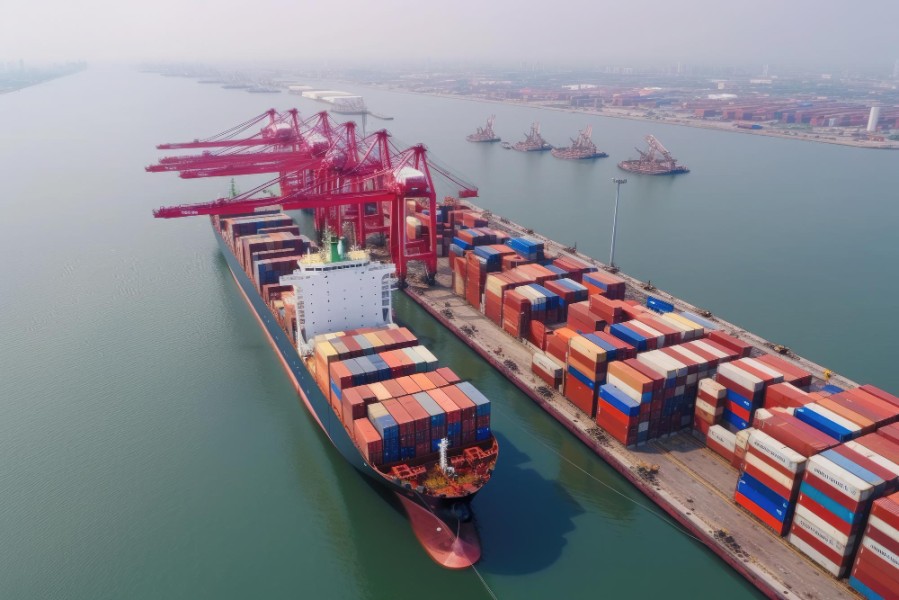
How to Manage the Food Supply Chain in the Airline Industries
Supply chains aim to meet customer demands completely and day–to–day as soon as possible. Therefore, while developing economies increase consumer awareness, an increase is observed for better quality, safe and healthy foods.
Customers have quickly started to adapt to the rapidly declining level of risk in the food industry and develop a careful orientation to goods’ safety and supply chains. The main reason for this development is the material and moral losses that both the public and companies will experience due to problems such as the emergence of diseases. Therefore, every step taken in this sector is significant, and it is a sector open to dangers.
Exported products are dependent on the agricultural sector. The development of this sector is going through the initial stages, such as the improvement of the final opportunities and the market. However, apart from these points, there are other important issues, such as heat, humidity, cold/hot balance related to weather conditions. These elements have a priority status for harvest. In the situations where these opportunities are provided, the increase in the agricultural sector will cause an increase in the food sector at the same rate. However, risk and uncertainty will increase due to a setback in these elements, limited shelf life, delivery delays, and volatile demand structure.

This risk situation that will be experienced can also create a profit door for companies. Therefore, this is not something to be ignored in this regard. Therefore, the party managing the risk should be the managers at the top. In this way, risk management for food safety will be provided in the most comprehensive and faster way. At this point, if we look at the ways to avoid risks and uncertainties in the supply chain:
- Traceability of the goods,
With technological support, product and process information will be fully monitored and thus transmitted to the customer quickly and transparently. The process will be traced backward, the source of the problem will be found, and an information system will be established for crisis management.
If we look at the traceability benefits, there will be a decrease in labor costs, cases, and stocks, while there will be a health improvement.
- Audit of compliance with laws and regulations,
The rules and legislation regulated in the risk management process should be guided. In addition, coding should be standard in the entire chain, and tracking systems should be integrated accordingly.
- Vertical integration of chain members,
Working alone in this sector poses a significant risk for companies. Barriers to market entry and the increased cost of competition significantly increase the likelihood of risk. For this, strategic cooperation and expansion in the supply chain should be sought. In this way, risks can be reduced. At this point, the importance of vertical integration is apparent because risk management and market control are done with vertical integration.
If we list the benefits of this integration;
- Reduction in transaction costs,
- Reducing the risk,
- Information exchange etc.
- Doing distribution planning,

Supplying fresh, healthy, and high–quality food in line with the customers’ demands is through establishing a solid distribution network. In this respect, it is essential to decide on the distribution strategies for perishable products correctly. Furthermore, it is necessary to design and operate a food distribution system that considers quality and cost and provides quality assurance.
It is essential that supply chain management, generally applied effectively in manufacturing industries, is effectively managed in service industries. Airline industries, a critical area of the service sector, are an essential sector that develops as a supply chain on its own. So how is the food supply chain managed in this sector? Airline industries are more likely to profit in speed and time than other modes of transport. Since cargo transportation is a sector where attention is paid to specific rules, these cargoes are considered essential. Therefore, they should be transported carefully as they are highly affected by factors such as height, temperature, and pressure, in terms of their qualities. For this reason, it is important to use durable packaging during the loading and transportation of all perishable foodstuffs, to be careful not to be crushed during placement, etc. Because of these conditions, this sector is at the top of the food supply chain.




